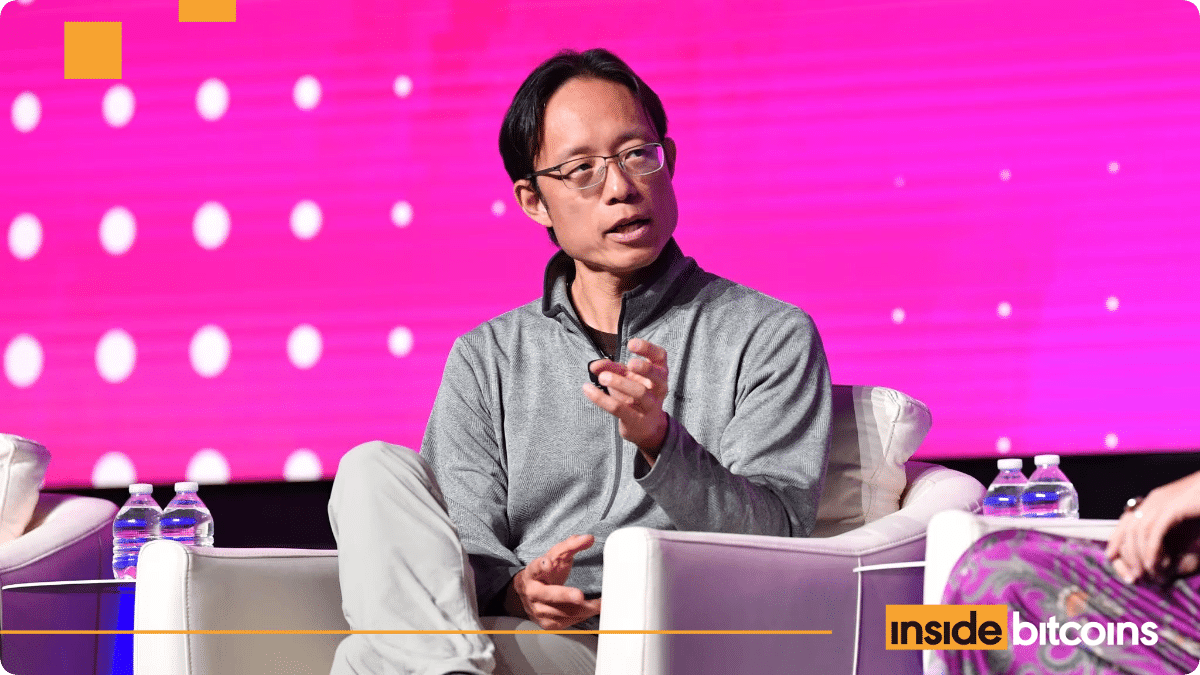LINE NEXT And Kaia Unveil Stablecoin Superapp To Simplify Cross-Border Payments Across Asia

LINE NEXT and Kaia announced plans to launch a stablecoin-powered superapp later this year on LINE’s Dapp Portal to streamline payments across Asia.
The app is designed to make stablecoin use simple for both online and offline payments. Users can send and receive money directly through LINE’s messaging features, making transactions faster and more convenient.
The superapp will run inside LINE Messenger and on the Dapp Portal, connecting more than 100 decentralized apps for easy access. Users will be able to deposit stablecoins to earn instant rewards and make global transactions. It will also offer fiat on- and off-ramps for smooth currency conversion through Kaia’s blockchain.
“We have seen both the need and potential for stablecoins,” said Youngsu Ko, CEO of LINE NEXT. “Our goal is to grow Asia’s stablecoin ecosystem with a super app that is simple and safe for everyone to use.”
Unify Superapp Will Simplify Stablecoin Payments Across Asia
This announcement follows the January 2025 launch of Mini Dapps, which the companies say has already brought in over 130 million new users.
Kaia, a Layer 1 blockchain, and LINE NEXT, the Web3 arm of messaging giant LINE, said they will also release a Unify SDK for two groups: stablecoin issuers, who can distribute tokens globally to increase liquidity and use, and app developers, who can add stablecoin features to their apps.
According to a statement, the Unify app will launch its beta later this year as both a standalone Kaia service and a Mini Dapp powered by LINE NEXT.
It will support stablecoins pegged to the US dollar and other major currencies, including the Japanese yen, Thai baht, Korean won, Indonesian rupiah, Philippine peso, Malaysian ringgit, and Singapore dollar.
Sam Seo, chairman of the Kaia DLT Foundation, added that a key feature is the stablecoin orchestration layer. He noted that Asia’s payment systems are still fragmented, and Kaia wants to bring them together to support cross-border financial inclusion.
Related Articles:
You May Also Like

BNB Chain Integrates Chainlink to Bring US Government Economic Data Onchain

CEO Sandeep Nailwal Shared Highlights About RWA on Polygon
